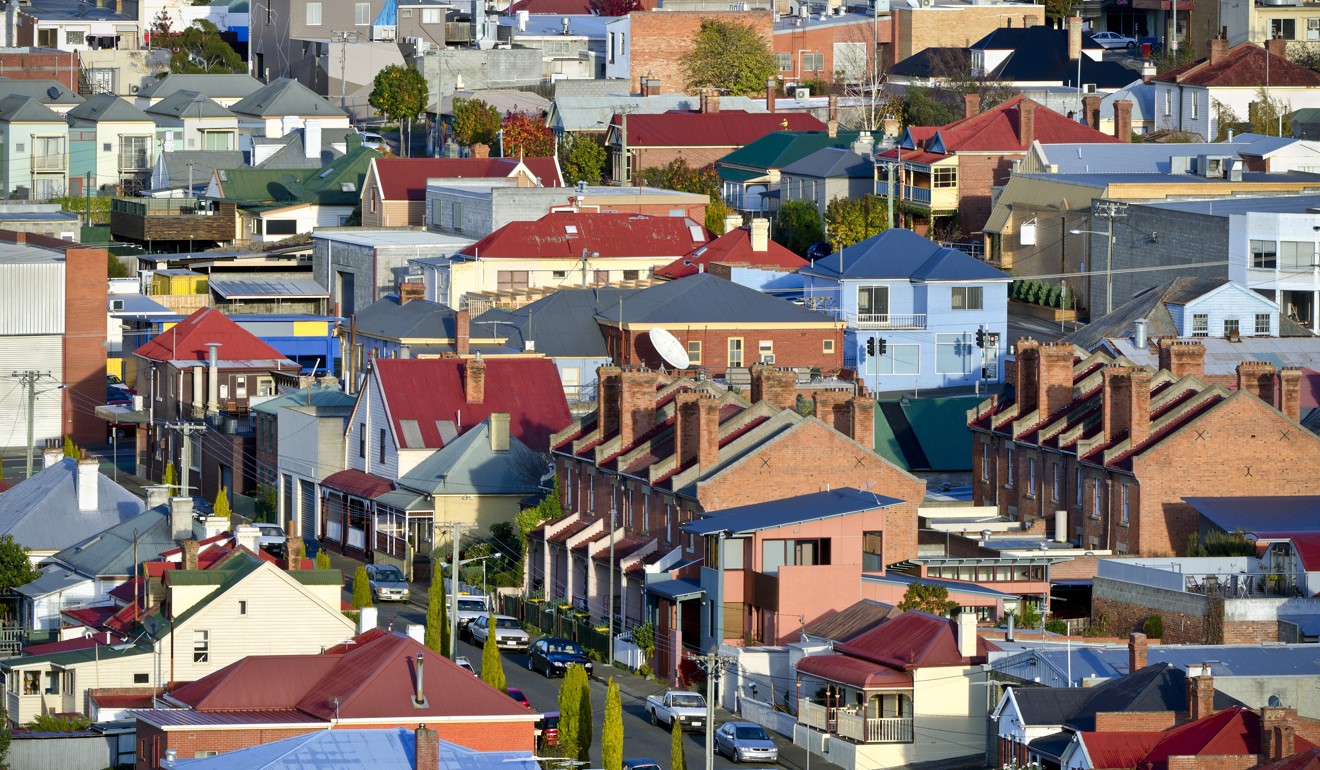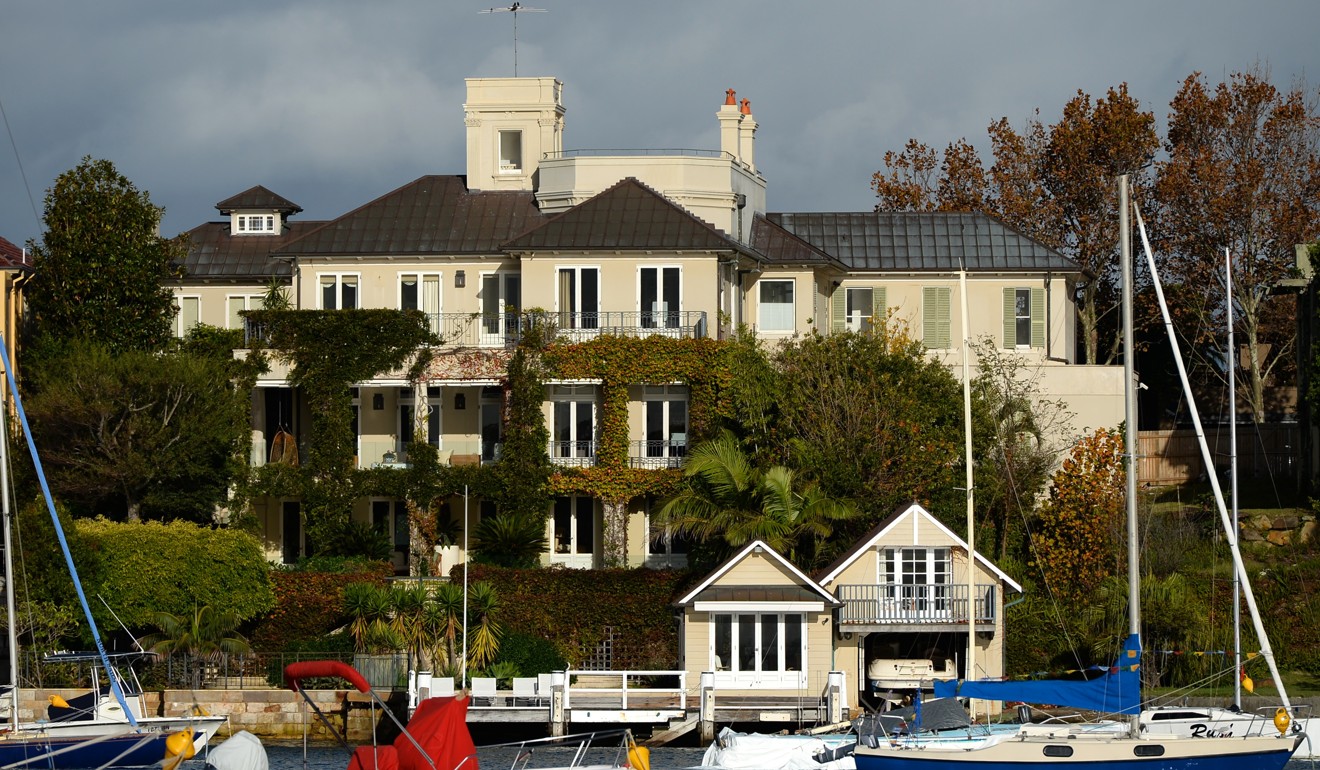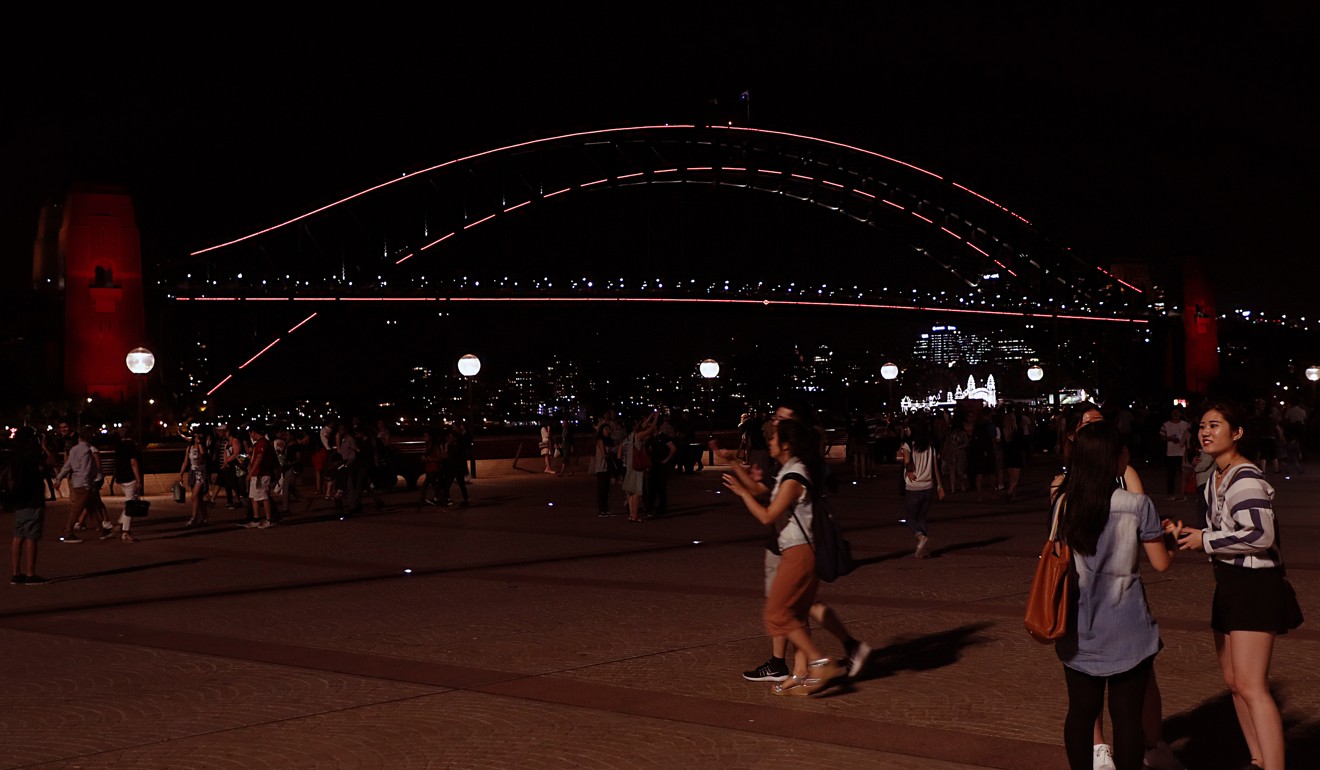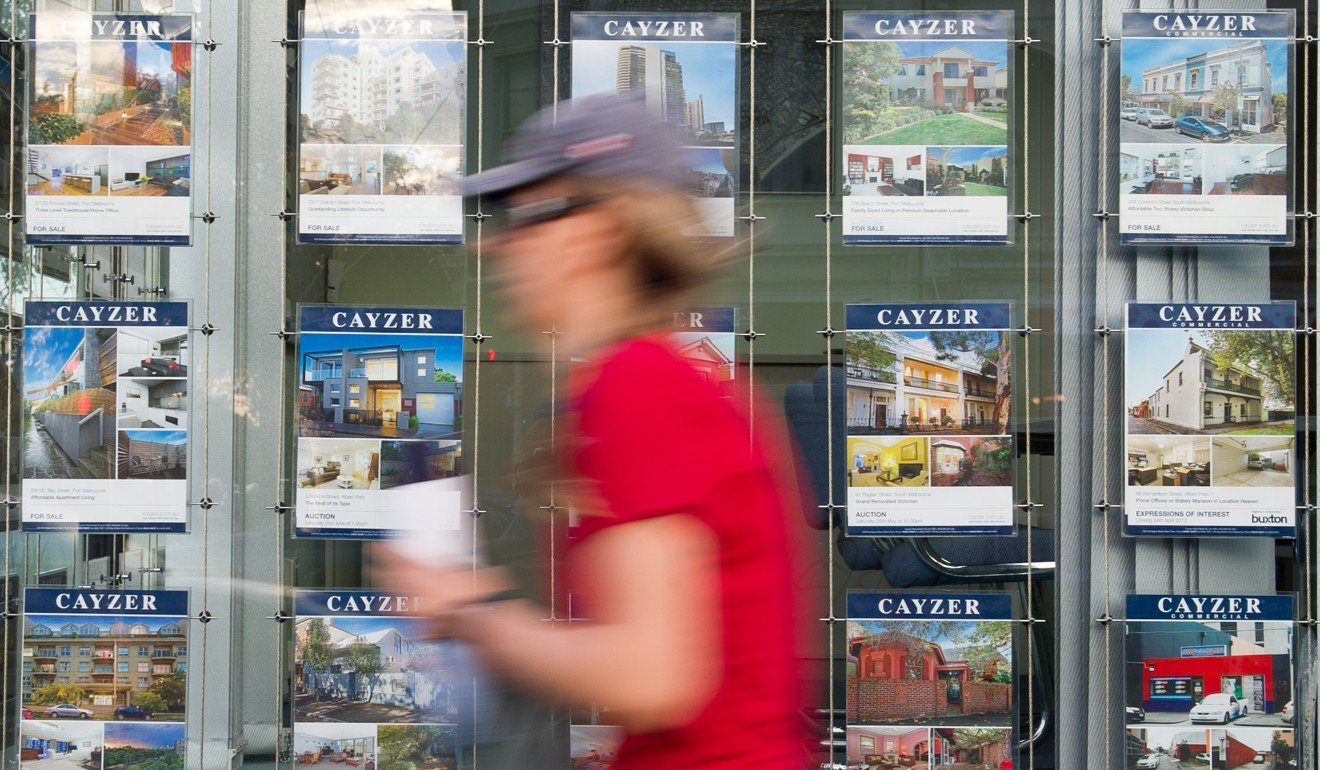
Are Chinese really to blame for Australia’s high house prices?
Property has boomed in Sydney and Melbourne alongside foreign investment, but – despite public sentiment – there’s no clear evidence the two things are linked

Housing affordability, or the lack thereof, is a constant water-cooler topic in Australia. It makes its way into the collective consciousness regularly, through myriad avenues and the culprits earmarked for blame are a many and varied bunch.
Baby boomers have blamed expensive smashed avocado brunches for millennials’ inability to save a 10 per cent deposit, while hipsters have blamed greedy baby boomers investing in second and third homes.
Yet the latest received wisdom doing the rounds is that the spike in prices is not the fault of Aussies at all, but of Chinese investors.
A report released this month, based on a sample of 900 Sydney residents, found only 18 per cent were in favour of foreign investment into real estate – and by “foreign”, judging from the media’s reaction, they meant “Chinese”. The report, by Dr Dallas Rogers at the University of Sydney and published in journal Australian Geographer, comes after consistent media reports blaming Chinese investors for pushing house prices to their current sky-high levels – the median house price in Sydney is now hovering at just under A$1 million (HK$5.8 million) and A$800,000 in Melbourne, where prices have risen 47 per cent in the past four years, according to Moody’s Analytics. There have been reports of anti-Chinese newsletters circulating in Sydney, where house prices rose 45 per cent between 2012 and 2015 – roughly coinciding with a boom in Chinese investment that increased 900 per cent between 2009 and 2015.

Meanwhile, reports regarding the Chinese government’s pursuit of corruption suspects abroad, Operation Skynet, have raised eyebrows given that 10 of the suspects are thought to be living in Australia.
Many Australians are also beginning to ask how so many Chinese are buying houses outright, given Chinese law permits individuals to transfer only US$50,000 out of the country per year (and even that amount is not supposed to be used for investment).

Often lost in the debate is to what extent Chinese investment influences the market. For while there are undoubtedly record flows of Chinese investment, there is little real data to prove it is intrinsically linked to higher house prices, or at least any more responsible than other factors such as low interest rates and negative gearing policies – the government grants a tax write-off for properties that make a loss as an investment – or indeed, a rush in local investment.
Even the author of this month’s report, Dr Rogers, wrote: “While it is probable that foreign real estate investment is having an effect on housing prices in Sydney, there is little reliable data showing the scale and scope of this effect.”
The paper said: “Survey respondents had a sophisticated understanding of what influences house prices, but with an overemphasis on the role of foreign investment.”
His words echoed those of the Australian Treasury, which said last year there was no strong link between Chinese residential investment and high house prices.
Australia has a general policy of encouraging foreign investment, yet respondents to the survey were twice as likely to blame foreign investment than local, despite local investors making up more than 50 per cent of sales and foreign investors only 14 per cent.

This, despite regular stories of local investors paying record sums for very ordinary homes in Melbourne and Sydney. One recent report featured an investor on his 10th property who was paying A$1.6 million for a two-bedroom house in Leichhardt, Sydney, on a 246-square-metre lot. Another report told of a 14-square-metre studio apartment in inner-city Sydney for A$350,000.
On the other hand, there are those who welcome any forces that drive up the market. In 2015, then-Prime Minister Tony Abbott told Parliament: “As someone who, along with the bank, owns a house in Sydney, I do hope our housing prices are increasing.” Abbott’s timing left much to be desired – on the same day, the Treasury voiced concerns over a possible housing bubble.
Whether or not Australia’s eastern states are in the middle of a property bubble is widely debated, though prices have not dropped significantly in years.
Even so, there has certainly been an influx of Chinese money and residents into Australia over the past few years and real estate agents have been quick to cater to the new market. In many areas in Sydney and Melbourne, real estate companies have begun publishing marketing materials in Chinese.
Richard Earle, director of real estate company Jellis Craig’s office in Melbourne, said: “We have a total of 14 Mandarin speakers in the Boroondara offices to assist in verbal and written communication, we have changed our auction procedures to write out the bids for the Chinese, and we know Chinese look at realestate.com as their portal of choice.”
Many of these may be Australian citizens also, as foreign investors are by law only allowed to purchase new properties. Earle said 40 per cent of buyers and 30 per cent of sellers are Chinese and that they have had an impact on prices “as have their cultural norms in Melbourne society”. He said his clients were not “whales” but modest buyers looking for sites close to schools and sites for development rather than heritage listed areas where houses cannot be knocked down.

Homes are often advertised on Chinese websites such as Juwai, or Weibo or in some of the Chinese-language newspapers around town. All real estate agents are adamant on the importance of the Chinese market.
It also seems likely that a significant amount of Chinese investment has not been strictly above board. The financial intelligence agency Austrac is investigating more than a billion dollars worth of Chinese property investment and there are varied loopholes for investors to avoid detection by such agencies, like paying cash.

The intergovernmental Financial Action Task Force wrote: “While Australia regulates its major money laundering and terrorism financing channels, such as banking, remittances and gaming, it should improve supervision of its regulated sectors. Most designated non-financial businesses and professions are still not subject to [anti-money laundering] financing requirements and have insufficient understanding of their risks.” In other words, real estate agents do not always do their due diligence on buyers, and do not have to. Meanwhile, 35 per cent or more may be paying cash for new apartments.
That Australia has not fully figured out how to deal with sudden, large-scale Chinese investment is obvious; however, perhaps it should start by reassuring the populace that unaffordable houses are not the fault of those investors. ■